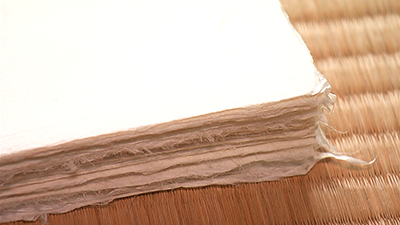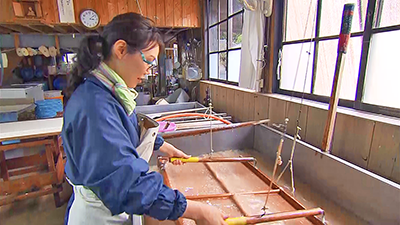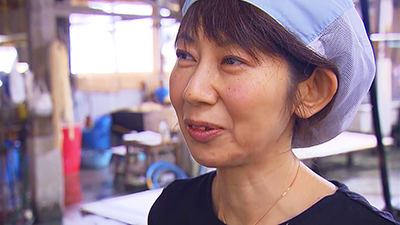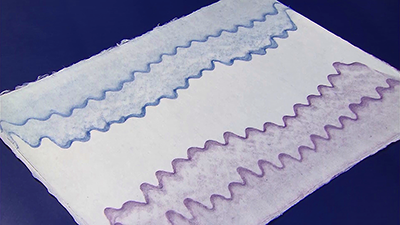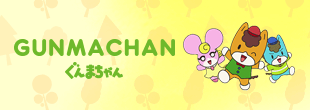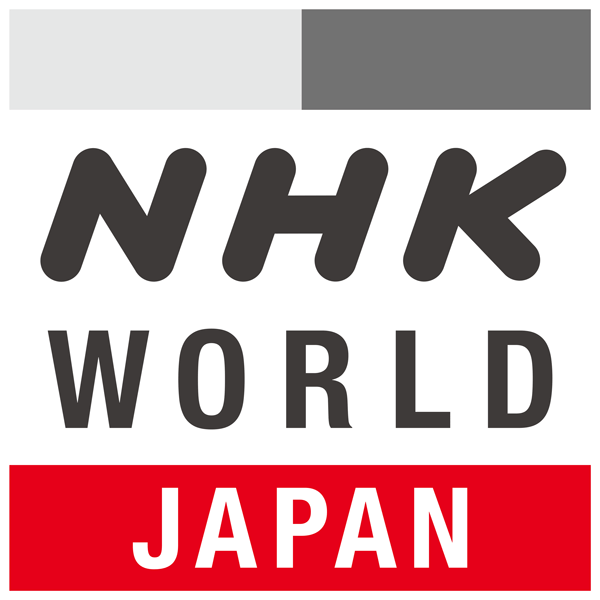SPIRIT OF JAPAN
Echizen Washi: A 1500-year tradition of papermaking
VOD for this program is no longer available.
Information
Imadate in Echizen, western Japan, is the largest producer of Echizen Washi paper in the country. The art of washi-making is said to be 1,500 years old, having been handed down from the ancestral deity, goddess Kawakami Gozen.
In Imadate today, two artisans are turning heads. One, Naho Murata, has been making washi by hand for 20 years after taking up the craft to try making clothing with it. The other is the fourth in a line of handcrafted washi makers, Makiko Iwano. She has inherited the traditional “uchigumo” marbled cloud design from her late father, who had devoted his life to it.
Handcrafting washi takes a deft, but sure hand, and the determination of these two artisans comes into its own. We explore the future of Echizen Washi through the lens of two women driving it forward.
Gallery
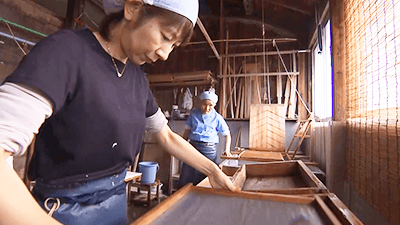
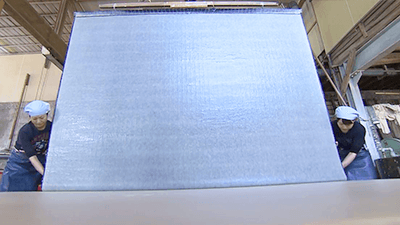
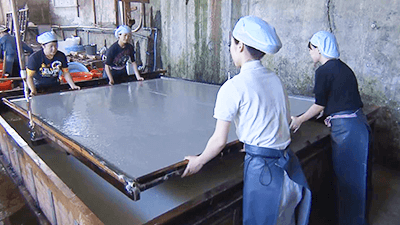
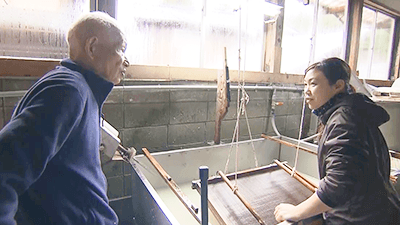
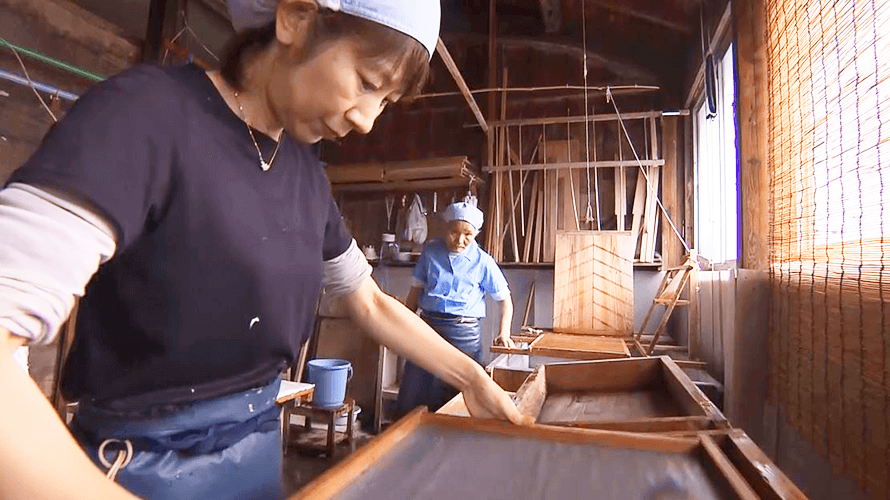
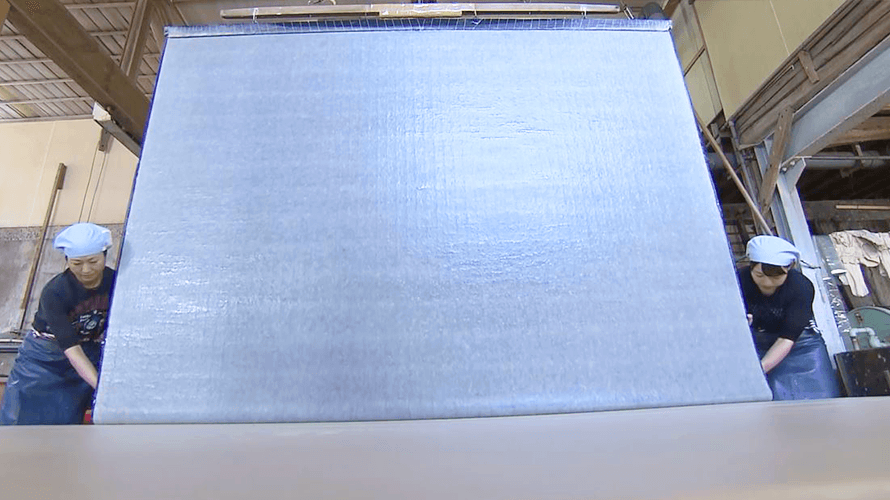
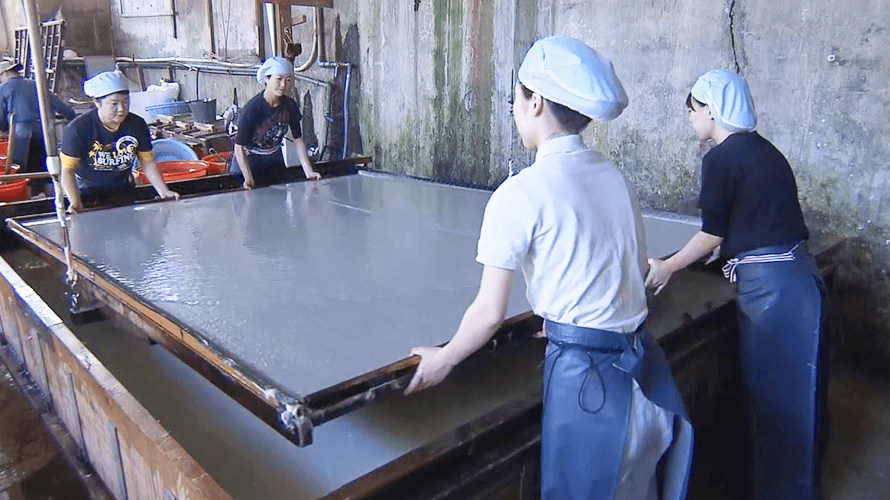
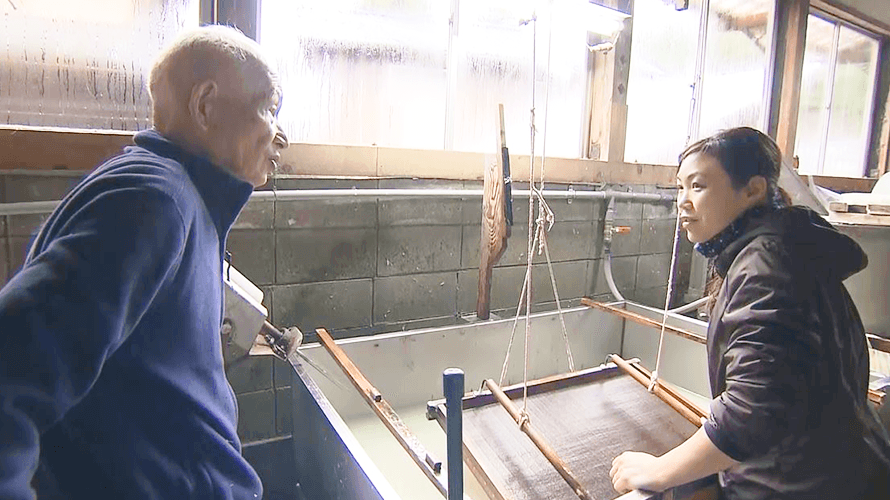
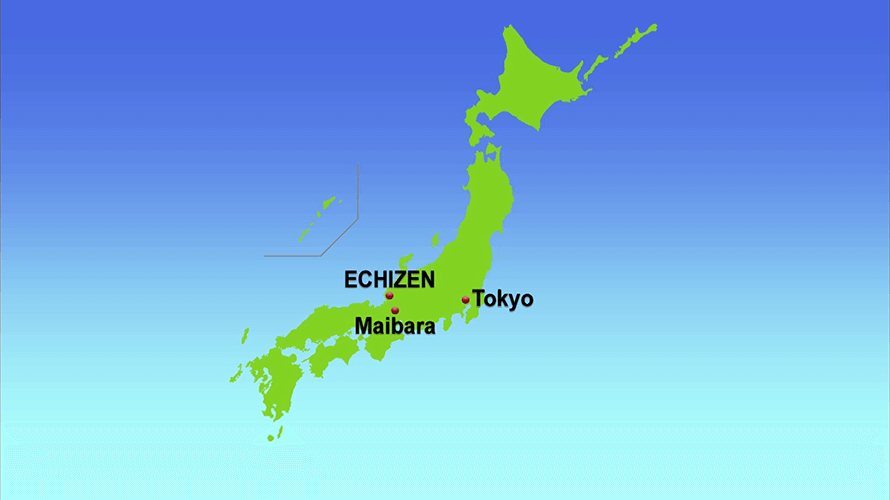
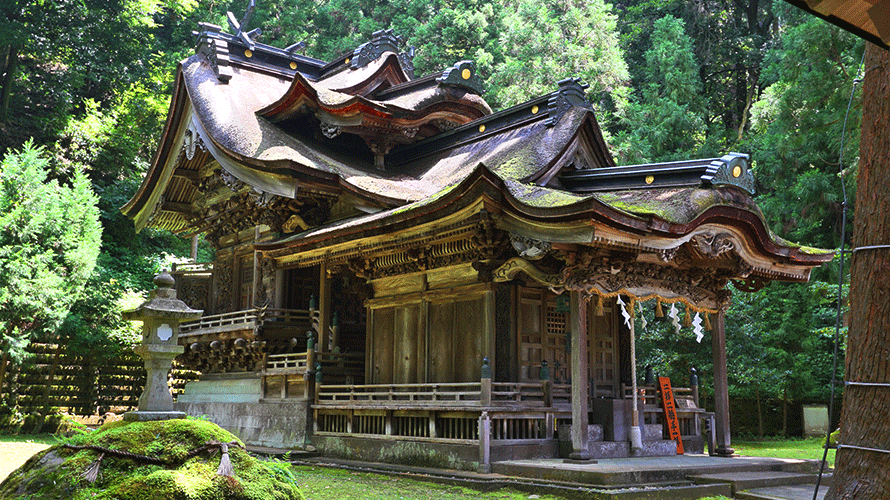
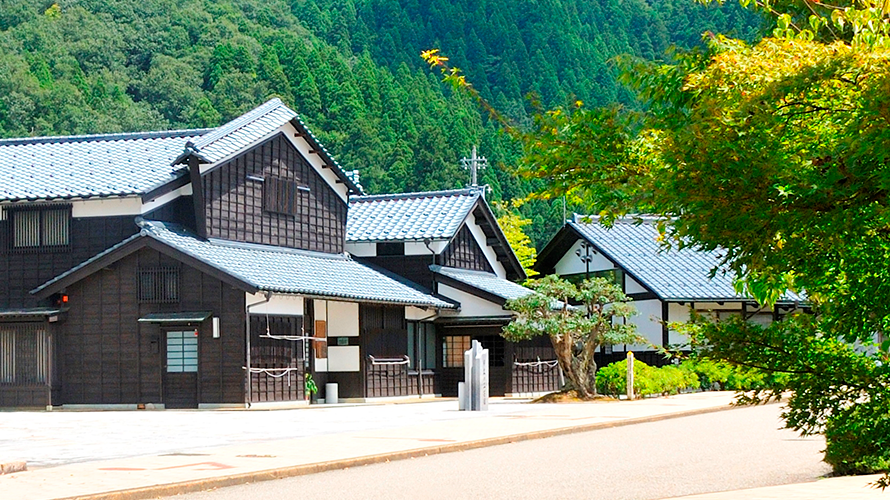
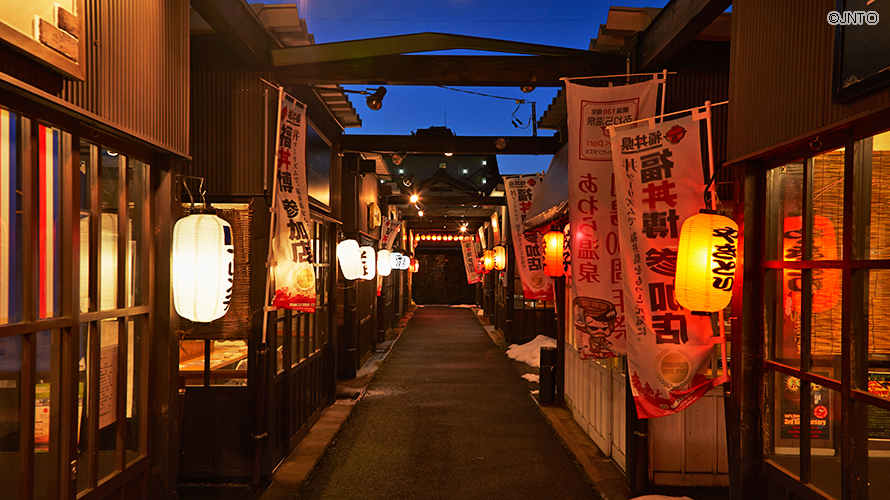
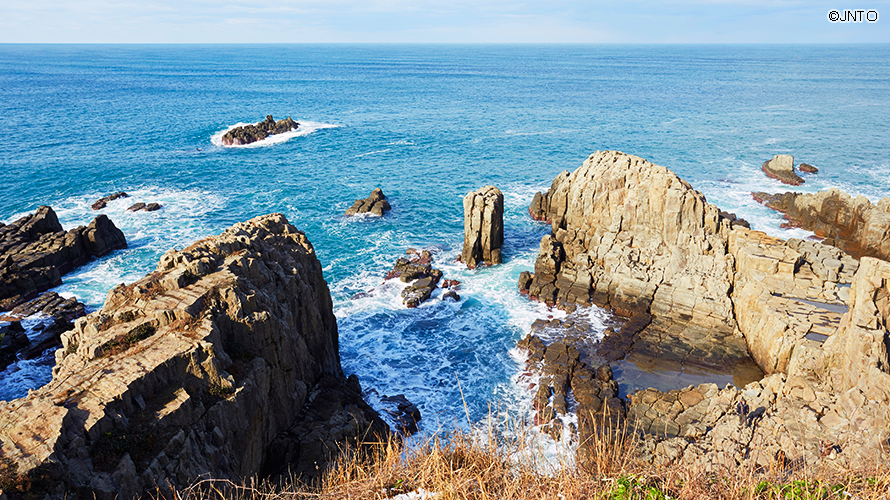
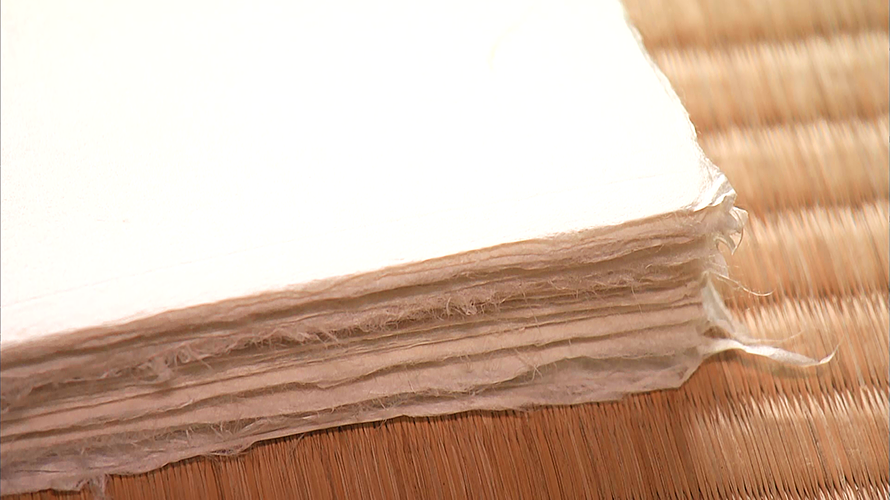
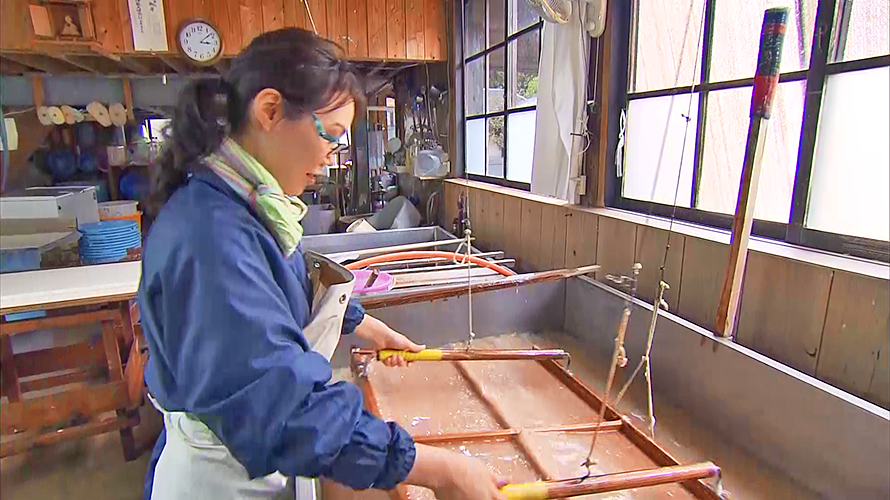
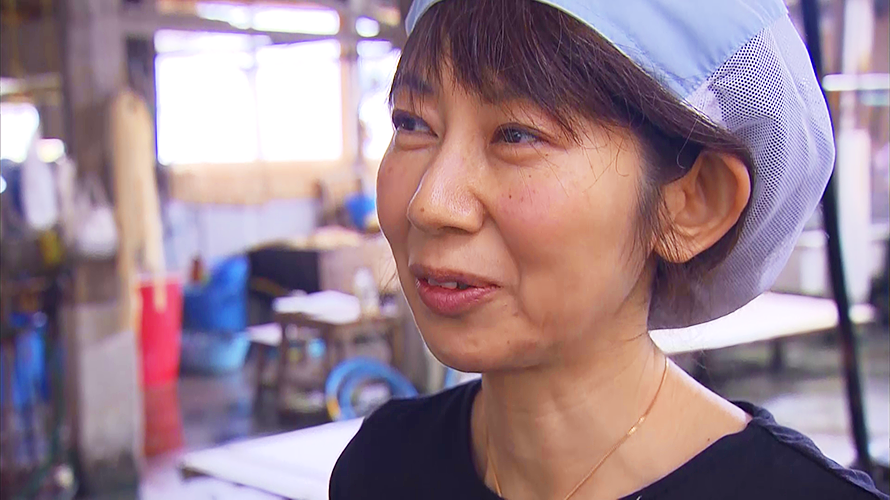
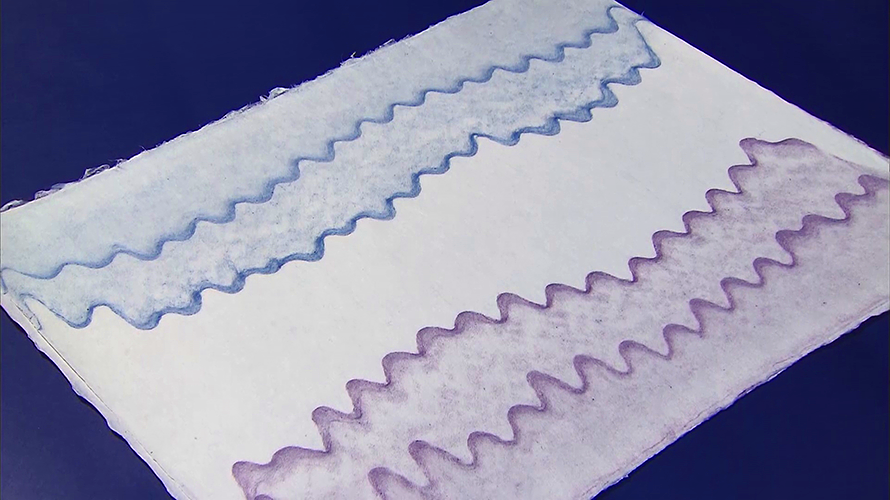
How to reach Echizen Washi Village, Fukui Pref.
To reach Echizen, take the Tokaido Shinkansen from Tokyo to Maibara and take the Hokuriku Main Line to Takefu Station. It is about 20 minutes by car to the Echizen Washi Village.
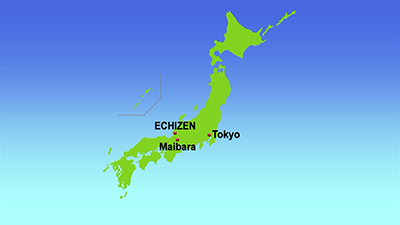
Popular sightseeing spots
The Okamoto-Otaki Shrine, where the paper goddess is enshrined, is located in the Echizen Washi Village. Other popular spots in Fukui Prefecture are the Awara Hot Spring Resort and the national natural treasure, Tojinbo Cliffs.
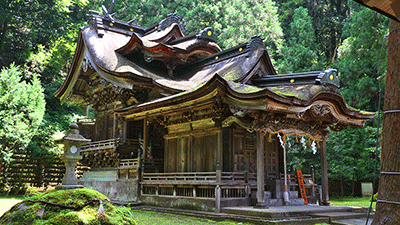
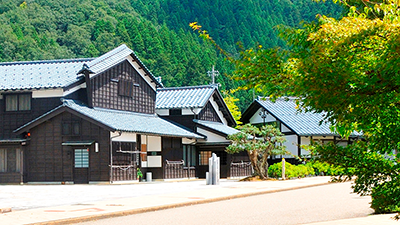
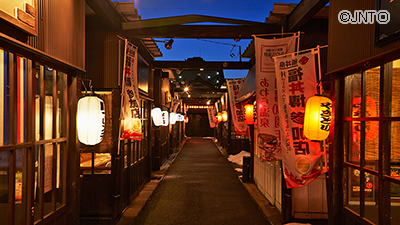
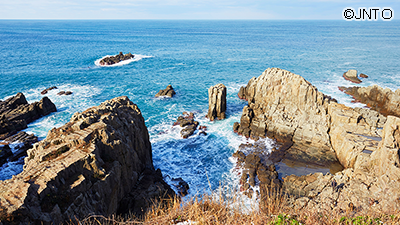
Director’s note
Mamoru Kubota
Director, Fukui Broadcasting Corporation
The theme for this program was determined from the start-- “The 1500-year old traditional Echizen Washi.” The question was from what angle could I depict this theme. I remember visiting the home of Echizen Washi paper, Imadate District, in Echizen City countless times.
There I met Naho Murata. She is the youngest artisan to acquire the national qualification for Japanese traditional crafts and is known for her craftsmanship that even veteran artisans try to emulate.
I had also focused on Makiko Iwano since the beginning of my coverage. Her father passed away 2 years ago, and she used to always say that her hands are already full just with trying to keep up the business her father left her. She continues to make washi paper as both the company’s president and an artisan.
Both Naho and Makiko are in their 40’s. I produced this documentary hoping that they become the central figures of the Echizen Washi industry.
